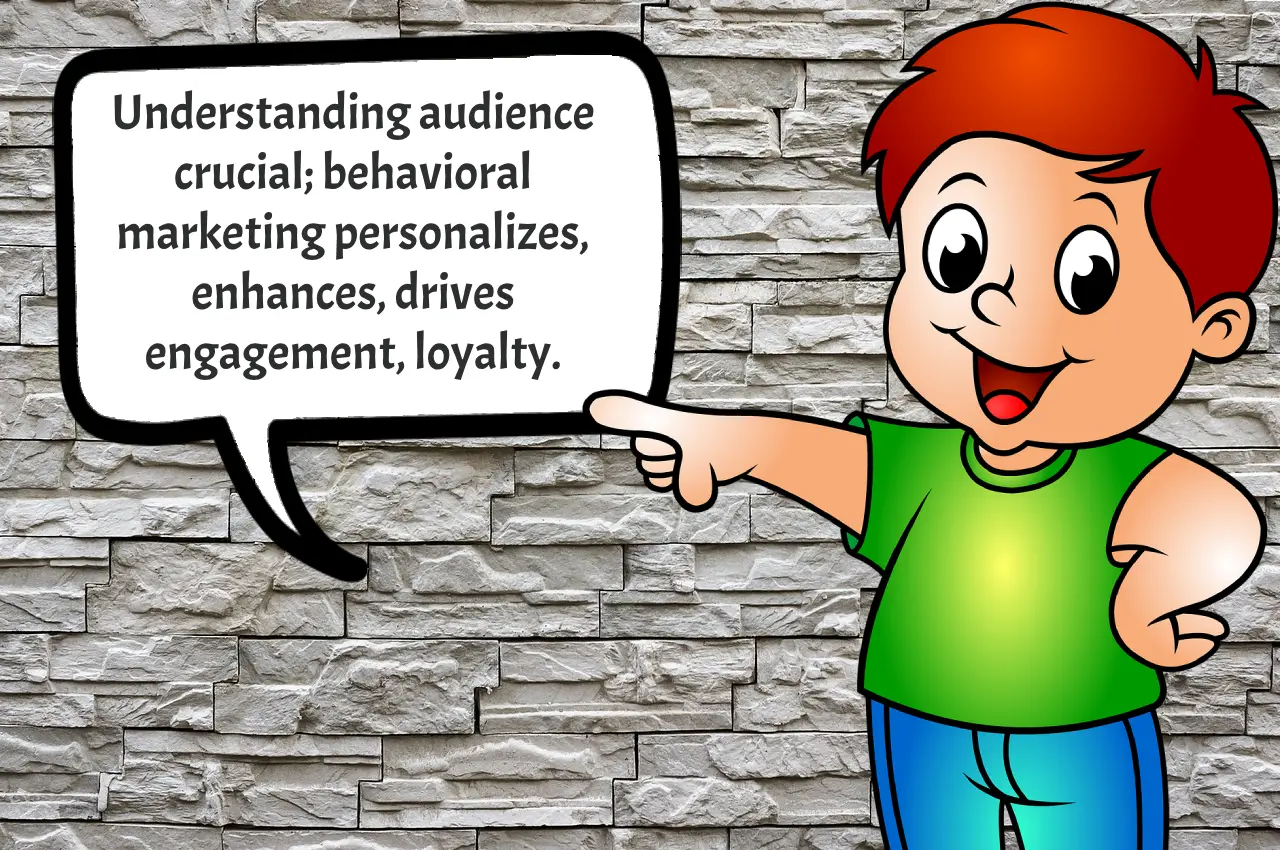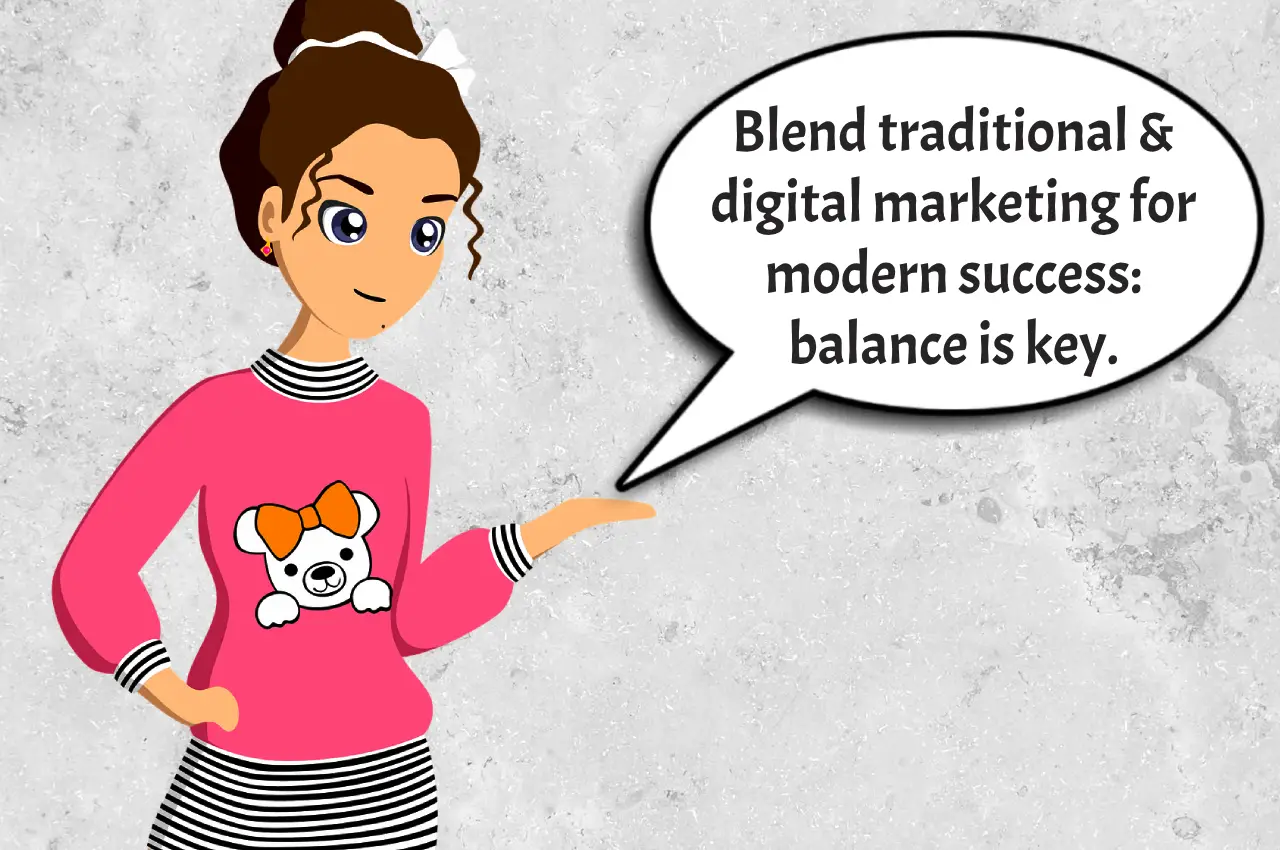In today’s digital landscape, understanding your audience is more than just a marketing advantage – it’s a necessity. Behavioral marketing stands out as a dynamic approach to engaging customers. Let’s dive into what makes it tick.
Behavioral Marketing Demystified
At its core, behavioral marketing focuses on tailoring the marketing experience based on a user’s behavior. This means observing actions like past purchases, browsing history, and social media activity. The goal? To create personalized marketing strategies that resonate with each individual.
Why Behavioral Marketing Matters
Imagine walking into a store where the salesperson knows your taste, budget, and purchase history. That’s behavioral marketing in a nutshell. It’s vital because it not only boosts sales but also enhances customer experience. It’s about making your audience feel understood and valued.
The Power of Data in Behavioral Marketing
Data is the lifeblood of this approach. By analyzing customer data, businesses can predict future buying behaviors. It’s like a detective piecing together clues to understand the suspect – in this case, the customer. This data-driven approach helps in crafting more effective marketing strategies.
Segmentation: The First Step
Segmentation is dividing your audience based on behavior, like frequent buyers or cart abandoners. It’s like organizing a library. Books are grouped by genres, making it easier for readers to find what they’re looking for. Similarly, segmentation helps in targeting the right audience with the right message.
Personalization: The Heart of the Strategy
Personalization is where the magic happens. It’s about sending that perfect email that feels like it was written just for you. It’s like a chef preparing a meal keeping your taste preferences in mind. This tailored approach leads to higher engagement and loyalty.
Retargeting: Catching the One That Got Away
Ever browsed a product only to see it in ads later? That’s retargeting. It’s like a gentle nudge to remind you of what you liked. This strategy is effective in bringing back visitors who didn’t make a purchase the first time.
Behavioral Email Marketing: Direct and Personal
Behavioral email marketing means sending emails based on user behavior. If someone abandons a cart, they get a reminder email. It’s like a friend reminding you of something you forgot. This method ensures that your communication is timely and relevant.
Social Proof: The Influence of Others
Social proof involves showing potential customers that others have enjoyed your product or service. It’s like seeing a long line outside a restaurant. It piques your interest and builds trust. Including customer reviews and testimonials can greatly influence buying decisions.
Ethical Considerations: Respect Privacy
While behavioral marketing is powerful, it’s crucial to respect privacy. It’s a balancing act between personalization and intrusion. Always ensure that data collection and use comply with privacy laws and ethical standards.
The Future of Behavioral Marketing
Technology advancements like AI and machine learning are taking this marketing method to new heights. They allow for more accurate predictions and automation, making marketing more efficient and personalized.
Implementing Behavioral Marketing: A Step-by-Step Guide
Collect Data: Start by gathering data from your website, social media, and other sources.
Analyze Behavior: Look for patterns in purchasing, browsing, and interaction.
Segment Your Audience: Group your audience based on observed behaviors.
Create Personalized Content: Develop content that speaks directly to each segment.
Test and Adjust: Continuously test your strategies and tweak them for better results.
Behavioral Marketing in Action
Consider Sarah, who recently visited an online bookstore. She browsed through mystery novels but didn’t make a purchase. The next day, she received an email from the bookstore with recommendations for mystery novels, based on her browsing history. Intrigued, Sarah clicked the email, found a book she liked, and made a purchase. This is behavioral marketing at its best – subtle, effective, and customer-centric.
Challenges in Behavioral Marketing
Despite its effectiveness, this method isn’t without challenges. Balancing personalization and privacy is tricky. There’s also the risk of data inaccuracies leading to irrelevant marketing efforts. Businesses must navigate these challenges carefully to succeed.
Measuring the Success of Behavioral Marketing
Tracking metrics like click-through rates, conversion rates, and customer retention rates is vital. They help in understanding the effectiveness of your strategies. It’s like checking the health of your marketing efforts.
Final Thoughts
Behavioral marketing is not just a strategy; it’s a journey towards understanding and engaging with your audience like never before. It’s about creating a marketing experience that’s as unique as each of your customers.
Now that you’re armed with knowledge about this marketing method, how will you apply it to your business? Do you have a story of a personalized marketing experience that amazed you? Share your thoughts and experiences in the comments below. Let’s keep the conversation going!





